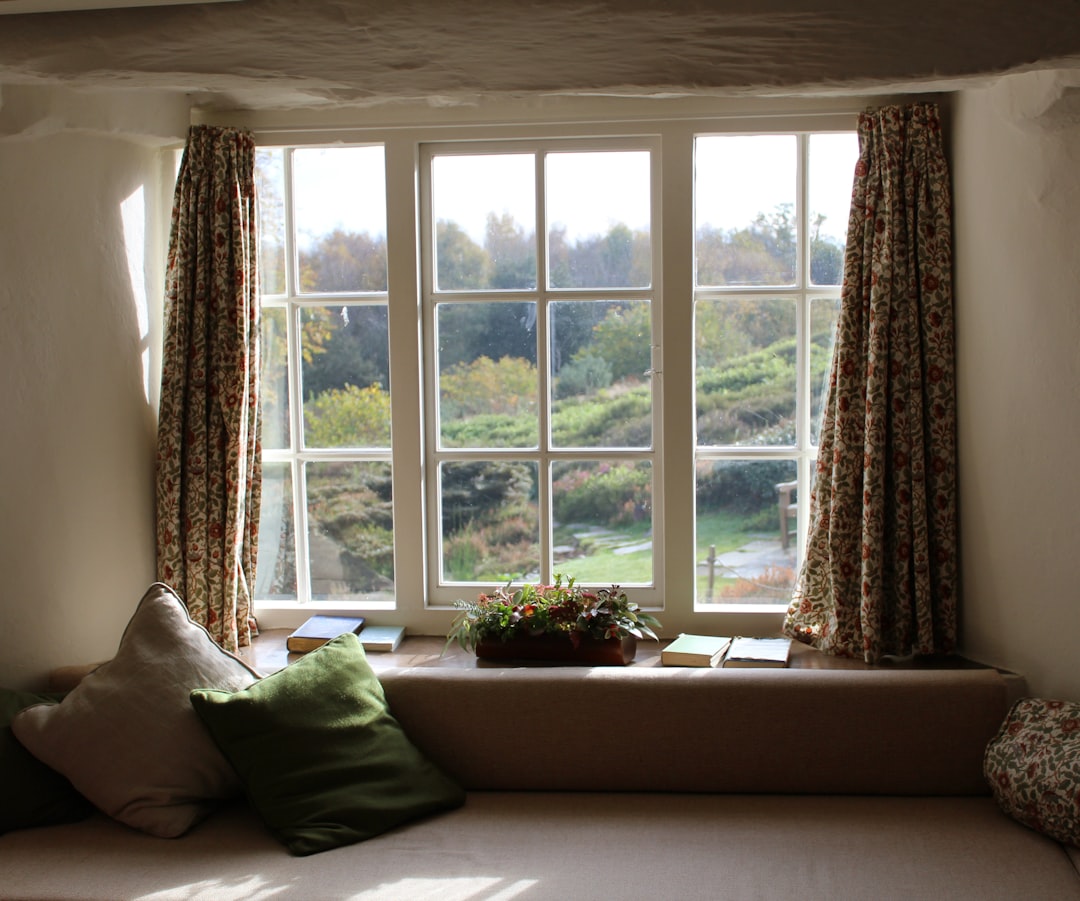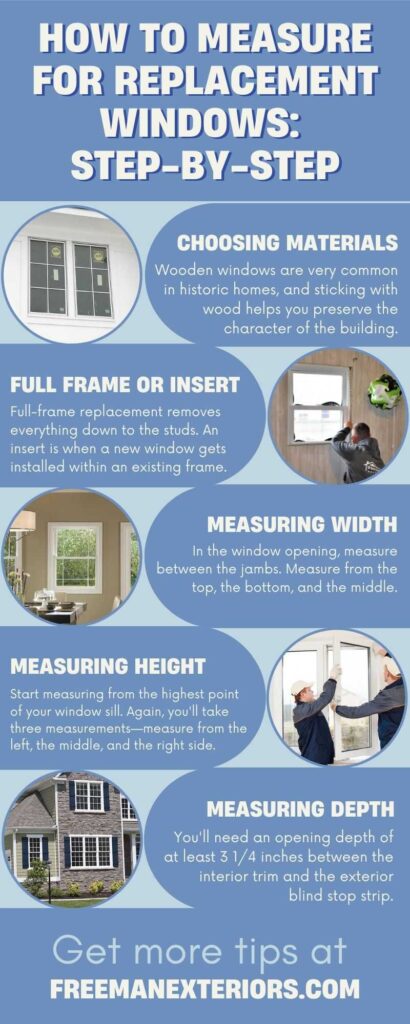 Photo from Unsplash
Photo from Unsplash
Originally Posted On: https://www.freemangeneralcontracting.com/how-to-measure-for-replacement-windows-in-older-homes
There are many gorgeous historic homes across America, but if you live in a historic or older home, you’ve probably realized they require a lot of upkeep. For one, older windows aren’t very efficient.
If you live in a home with old, inefficient windows, replacing them with newer windows can save you a lot of money on your energy bills as well as increase the value of your home.
If you’re planning on buying new windows, you’ll have to know how to measure for replacement windows. Whether you have old wood windows, you need a full-frame replacement or an insert, we’ll walk you through what you need to know. Break out the measuring tape, and let’s get started!
The Benefits of Replacing vs. Restoration
Before we dive into how to measure for replacement windows, you should consider whether you need a window replacement or simply window restoration. Historic homes often have a very specific style window, and many people can’t bear to take down such a piece of history.
While you can restore old windows with weatherstripping, new sashes, and even replacement panes, old windows will never be as efficient as newer models. There are many benefits to making an upgrade to energy-efficient windows.
Thankfully, there are now replacement windows for historical homes that blend old style with modern convenience and efficiency. For instance, you can get the look of an old wood window but with double or triple-pane glass. You can even get windows with coatings to protect the window and also lower your energy bills.

How to Measure for Replacement Windows: Step-by-Step
Taking accurate measurements of your window is crucial when it comes to ordering the right size and style replacement window.
First, you’ll want to consider the materials you want for your new window. And then, you’ll need to know whether you’re measuring for a full-frame window or an insert. Only after that can you place an order for a new window installation.
Choosing Materials
Many owners of older homes want to know how to measure old wood windows for replacement. There are definitely some perks to using wooden windows; one of the most obvious is the way that they look. Wooden windows are very common in historic homes, and sticking with wood helps you preserve the character of the building.
If you enjoy the size, shape, and design of your current wood window, you might want to go with a wooden insert window replacement.
On the other hand, materials like vinyl require less upkeep and still provide great insulation value for a good price. Your other options for frames include aluminum and wood-clad.
Full Frame or Insert Window Replacement
Decide whether you want a full-frame replacement or an insert window replacement.
Full-frame replacement removes everything down to the studs. This requires removing trim and sometimes even siding. An insert window replacement is when a new window gets installed within an existing frame.
Once you’ve decided on the material and the type of window you want, you can start your measurements.
Measuring Width
In the window opening, measure between the jambs. Measure from the top, the bottom, and the middle. Make sure you measure from the surface, not from the trim strip.
When you measure, take note of the smallest measurement. You’ll use the smallest number when you order your replacement window.
Measuring Height
Start measuring from the highest point of your window sill. Again, you’ll take three measurements—measure from the left, the middle, and the right side.
Like when you measured width, you’ll use the smallest number to order if the measurements aren’t the same. They should be very close, if not exact.
Measuring Depth
The last measurement you need is depth. This is a slightly tricky measurement to tackle.
Don’t worry about the parting strips or pulleys because they’ll be removed during installation anyway. You’ll need an opening depth of at least 3 1/4 inches between the interior trim and the exterior blind stop strip.
The Problem With DIY
So you have your measurements, you know the type of window you want, and you’re ready to upgrade. You can use these measurements and place your order, but any miscalculation can cost you more in the long run.
Imagine ordering your new windows only to find out they don’t fit because the measurements were off. Now you have windows you can’t use, and you’ll need to spend more to fix your mistake.
The problem with taking DIY measurements is that you can always make a mistake if you don’t know what you’re doing. Before you order anything, you should consider having a certified window technician double-check the measurements for you.
While there is a certain sense of accomplishment that comes with do-it-yourself tasks, some upgrades are best left to the professionals. One of the benefits of working with a window company is that they know what they’re doing, and they can perform a quick and simple installation without leaving any messy debris behind.
You might want to request a consultation, provide them the measurements you took, and then ask if they could perform an assessment.
Are You Ready to Install Replacement Windows?
We hope this guide on how to measure for replacement windows put you on the right track. Follow our tips to take measurements for your new windows, so you can brighten up your home.
Do you need new windows for your home in Champaign, IL? Don’t put it off! Reach out to us for an estimate today, and we can get started.




